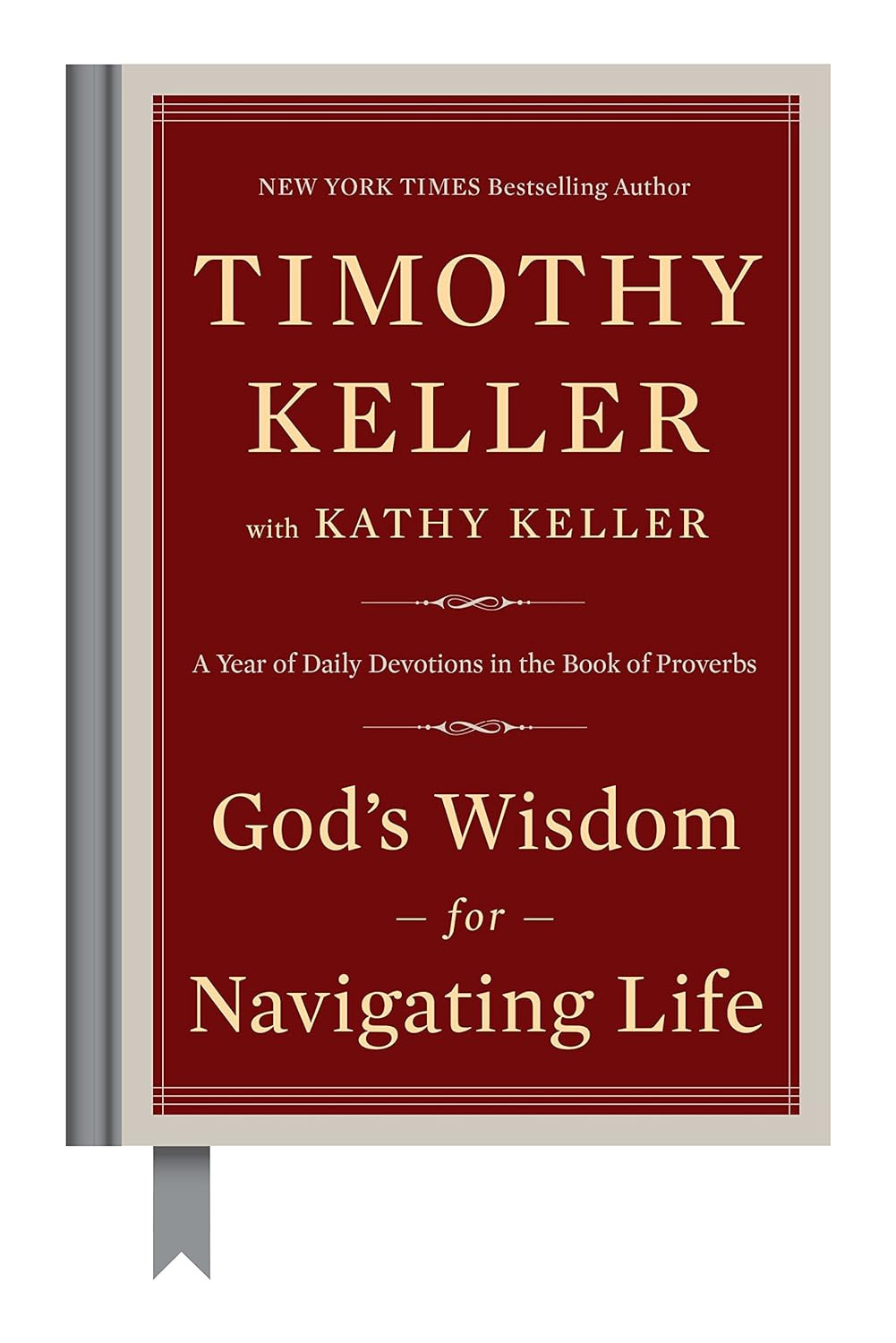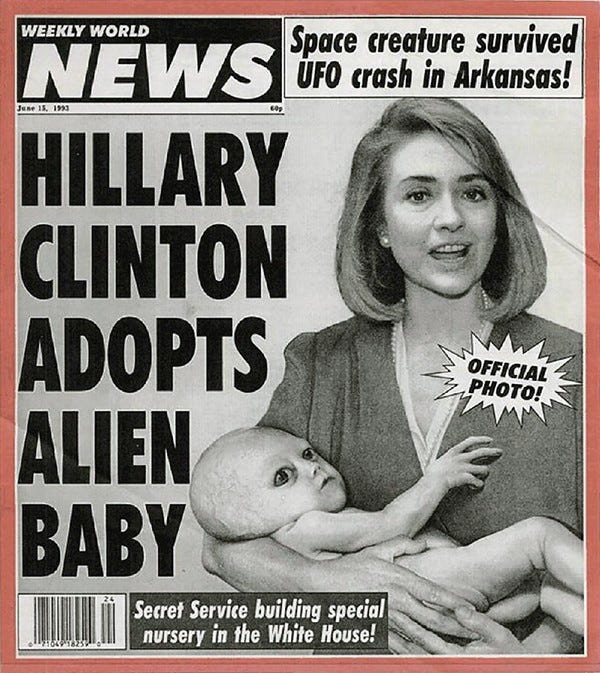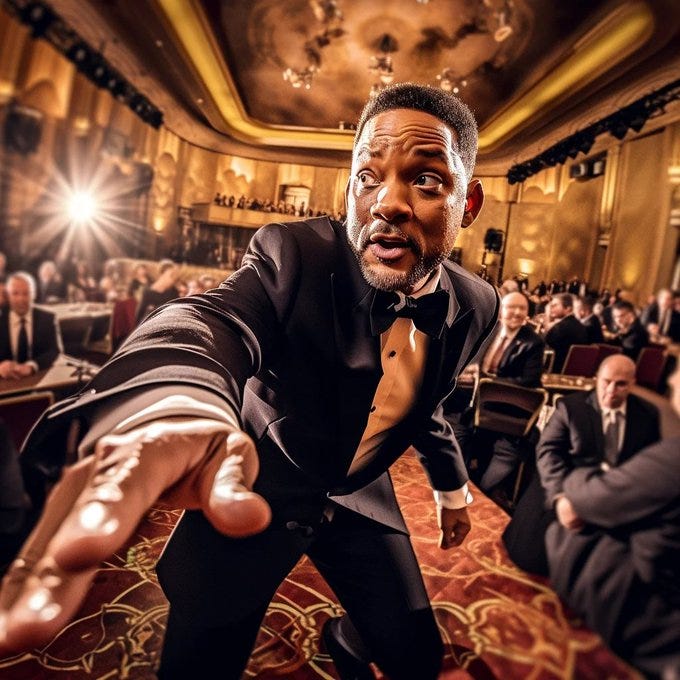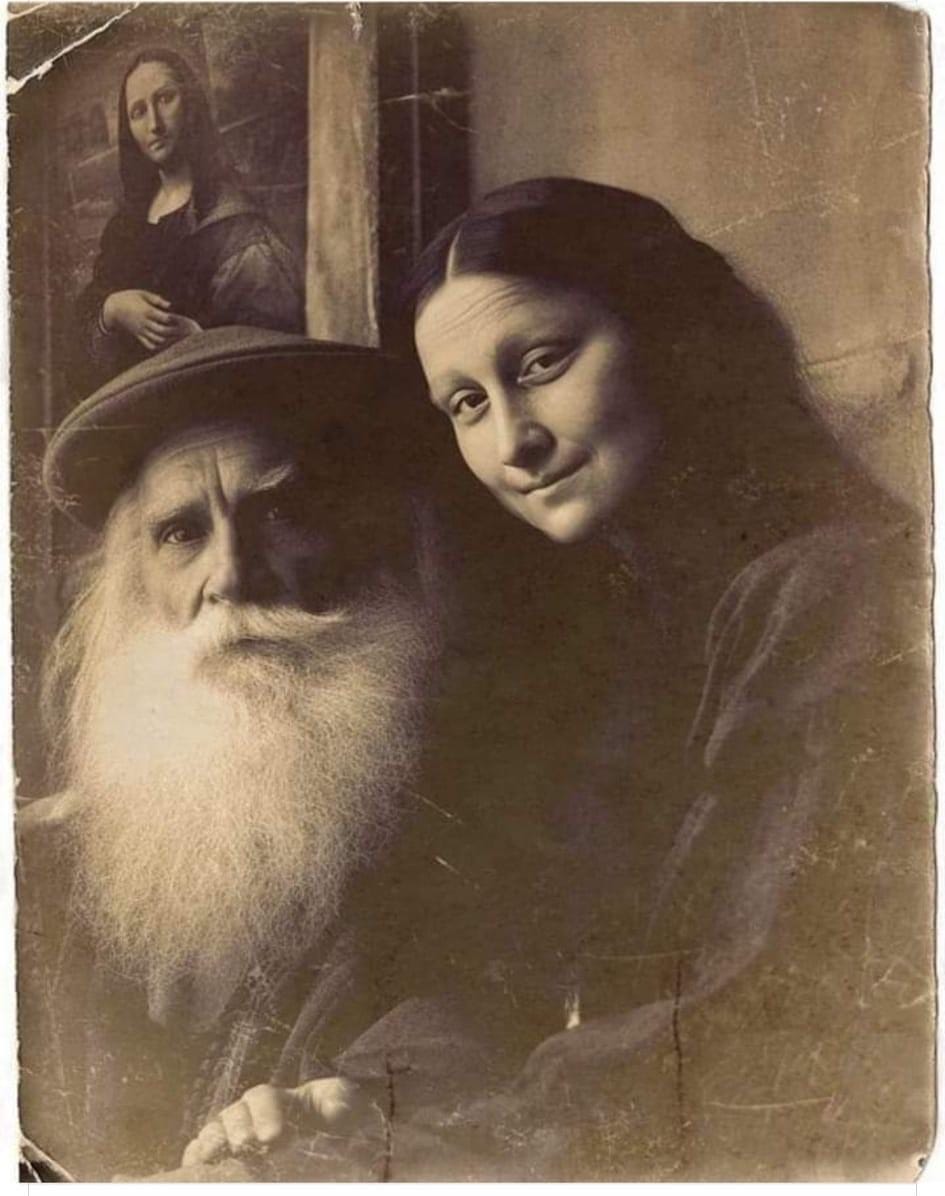I Just Don't Buy It
How AI challenges our discernment
Up until The 1950s: Hearing was Believing
The 1950s were a magical time. As a kid, I wished that I had lived during the times of Happy Days and Laverne and Shirley. Life was easier then. People were sweet and innocent, and they could be trusted. Through the 1950s, everyone knew that if someone said something, it was true. Words were taken at face value. Life was easy. People trusted news anchors, politicians, radio hosts, strangers. It’s as if lying wasn’t a thing, and just saying it out-loud meant it was true.
These were the days that cigarette ads on TV told us smoking was good for us, and no one said, “Huh?” Doctors were always right, and people did whatever they said to do without question. People trusted interactions with no real hard evidence to support the claims. Door-to-door salesmen were welcomed in by housewives alone at home with their kid, so that they could see the latest Electrolux and watch a guy do their vacuuming. People just didn’t take advantage of one another, or at least that’s what we thought.
We were so condition to think that hearing was believing, that when Orson Welles and his Mercury Theatre troupe performed an adaptation of an H.G. Wells novel called The War of the Worlds on the radio, Americans were sure aliens had come to earth. The show was formatted like a breaking news program, reporting on an invasion as if it were currently happening in real time. So, for people who missed the introduction of the “performance,” this was news, not entertainment. Using fake news bulletins for perhaps the first time, and interviews with so-called “experts," the show convinced these listeners that Martians were attacking. They described the aliens deploying toxic gas descending on New Jersey. It caused such panic amongst Americans that some men got their shotguns to stand guard over the local water tower in preparation for attack and families loaded up their cars and kids in an attempt to “escape.” It was chaos built on a lie. Surveys later discovered that over a million listeners believed the broadcast was real.
The 1980s and 90s: Reading was Believing
By the 1980s, people had more sense. They no longer believed everything they heard, only everything they read. All books told the truth. Books were edited by publishers, so there were no errors. Newspapers were held accountable to tell the truth by some code or something, and so everything could be trusted as long as it was in writing. The news was real. (Yes, there was a time that was true.) This generation would not be deceived like generations before them who believed all a person had to do was say it, and it was true.
Tabloid journalism like the National Enquirer decided to take advantage of this confidence by creating fake news stories about two headed dogs and alien babies. It was the era of chain letters that we all feared breaking. Because people were willing to believe anything in writing, news reporters would often make up quotes with no concern of being caught. Why? Because the written word didn’t lie. It was all the proof we needed.
The 2000s: Seeing was Believing
But, the 2000s have taught us that what people say and what people write isn’t always true, but pictures don’t lie. Or do they? Just like every other era, once we are comfortable in our belief that whatever form of communication we prefer is infallible, there will be people using that to their advantage. Remember the empty supermarket shelves scares during Covid? A lot of those images were taken pre-covid, but how many of us rushed out to buy more toilet paper anyway?
The 2020s: What is the truth?
So, here we are in the 2020s, and I’m wondering what our new standard for believing is? We’ve learned not to believe everything people say. And we know we can’t trust everything we read, but can we believe everything we see? AI is making that hard, along with the help of some dishonest people. As long as they exist believing will require discernment.
Modern con artists are creating fantastic and stunning images in AI and passing them off as the real thing. In fact, there are complete travel sites filled with stunning fake places you can dream about visiting. Like this amazing water park in some exotic local. Commenters were all stunned by its existence and asking where it was, but if you look closely you can see that it’s completely unreal.

Being tired of the tomfoolery of the internet, I decided to get smart and learn to spot the difference between what’s real and what’s not. This was new to me, and will continue to be new to me because of the rate at which AI is advancing, but I thought I’d share a few clues to help you spot the fakes (at least today). 😆
Zoom in and look carefully. Look for impossible engineering and weird blurry images, especially in the background.
Look at body proportions. AI has not yet figured out how to make people look real. Look closely at hands and fingers and feet and even heads. They may be out of proportion or misshapen. Look at these images I created on AI:
Notice the skin. If the image has an artificial or smoothed out look, it’s probably AI, like this image of Will Smith. Notice how real yet unreal it looks. You can really see it in the lines on his forehead and the smoothness of his skin. Also, notice the unnatural background images.
The image below of a giant great white shark washed up on the beach has the same problem with the skin on the shark and the hands of the people.
Do a reverse image search on Google. If you just aren’t sure if it’s news or satire, do a reverse image search. When I first saw that people were commenting on how amazing it was to see DaVinci and Mona Lisa together in a photo, I could see why. I mean, it looks real, but then I remembered that DaVinci painted the Mona Lisa in the early 1500s, more than 300 years before the first photo was taken.
Check other news sources: If what you are seeing is so incredible it should be on the news, but you can’t find it anywhere else on any major news outlets, chances are it’s the product of AI.
I guess the moral of the story is we can't blindly believe anything anymore - not what we hear, read, or see. Each era thought they had it figured out, only to be fooled again. And it’s just getting harder to be discerning. I think that makes discernment even more important than ever. Images created by AI are getting harder to spot. Gone are the days when we were free not to be skeptical. Tech is advancing too fast for us to just ignore. I don’t like being fooled any more than the next guy, and so the next new thing I find myself doing is fact checking everything I see. I’m not worried or scared, just slow to buy what others are selling. I also find myself laughing more than I used to at what I see on Facebook. It seems to be the modern version of the American land rush. Everyone is rushing to get as much of your faith in them as they can before we figure out what they are selling us.
I love this definition of discernment: “the ability to notice distinctions and shades of difference where others see only a blur.”1 Today, look through the blur to the reality. “In order to live wisely in our present culture of self-promotion, fake news, alternative facts, and the overthrow of reason, the ability to discern evil disguised as good could not be more important.”2

- Keller, Timothy; Keller, Kathy. God's Wisdom for Navigating Life (p. 91). Penguin Publishing Group. Kindle Edition.
Ibid.












Thank you Hayley. Very helpful and informative. A good reminder to fact check and remember our history.
This is so true! I usually check unreal things on facebook and find out its untrue, but like you say, some of the photos look so real it is hard to tell. Great article! Thanks for sharing!